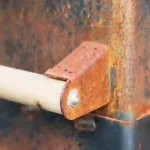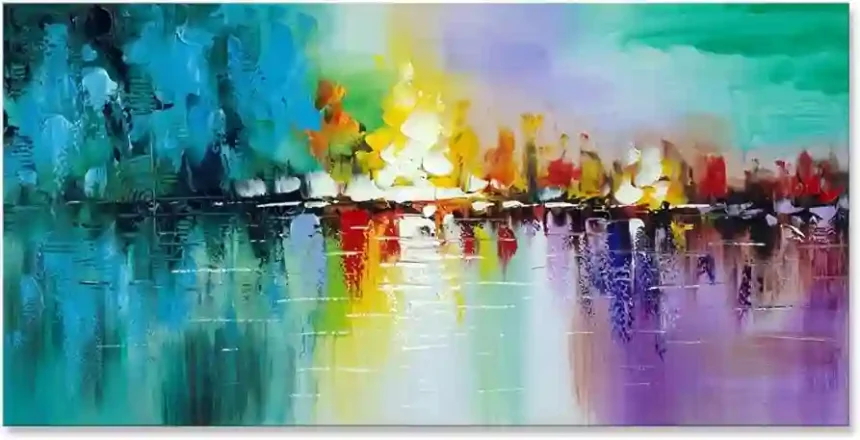Exhibiting your oil paintings in a gallery is a significant milestone for any artist. It’s an opportunity to showcase your creative vision, connect with art enthusiasts, and potentially sell your work. However, the transition from the studio to the gallery requires careful preparation to ensure that your paintings are presented in the best possible way. In this article, we will guide you through the process of preparing your oil paintings for exhibition, covering everything from selecting the right artworks to handling logistics and ensuring a successful gallery experience.
Choosing the Right Paintings
Before you start preparing your paintings for exhibition, you’ll need to make strategic decisions about which artworks to include. Here are some considerations to help you choose the right pieces:
- Theme and Cohesion: Consider the theme or concept of the exhibition. Select paintings that align with this theme and create a cohesive narrative or visual experience for viewers.
- Quality and Consistency: Choose paintings that showcase your best work and maintain a consistent level of quality. Consistency in style, technique, and execution is essential for a professional presentation.
- Variety: Offer a variety of subject matter, sizes, and styles within your chosen theme. This diversity can engage a broader audience and keep the exhibition visually interesting.
- Personal Favorites: Include paintings that are personally meaningful to you. Your passion and connection to the artwork can shine through during the exhibition.
- Audience Appeal: Consider your target audience and the type of art they are likely to appreciate. Tailor your selection to cater to the interests of potential buyers and art enthusiasts.
Preparing the Artwork
Once you’ve selected the paintings for your exhibition, it’s time to prepare the artwork for display. Proper preparation ensures that your paintings are in excellent condition and ready to captivate gallery visitors. Here’s a step-by-step guide:
- Inspect and Clean: Thoroughly inspect each painting for any damage, dirt, or imperfections. Clean the surface gently with a soft, lint-free cloth or a professional art cleaner to remove dust or grime.
- Repair and Restore: If you identify any damage, such as chipped paint or minor scratches, consider repairing and restoring the artwork. Consult a professional art restorer if necessary.
- Varnish: Apply a protective varnish to the paintings. Varnishing enhances colors, adds a uniform sheen, and protects the surface from dust and pollutants. Allow the varnish to dry completely.
- Documentation: Create a detailed inventory of your artworks, including titles, dimensions, medium, and a brief description. This documentation is crucial for record-keeping and marketing.
- Framing: Choose appropriate frames for your paintings that complement the artwork and enhance its presentation. Ensure that the framing is of high quality and consistent across the entire exhibition.
- Wiring and Hanging Hardware: Attach sturdy hanging hardware and wire to the back of each framed painting, making it ready for display. Ensure that the wire is securely attached and properly balanced.
- Labeling: Create labels for each painting, including the title, medium, dimensions, and price (if applicable). Labels should be clear, legible, and consistent in style.
Presentation and Gallery Logistics
Presenting your artwork professionally in the gallery is crucial for leaving a positive impression on viewers and potential buyers. Here are some tips for gallery logistics:
- Gallery Layout: Visit the gallery space in advance to plan the layout and arrangement of your paintings. Consider the flow of traffic, sightlines, and how each painting interacts with the space.
- Lighting: Work with the gallery staff to ensure proper lighting for your paintings. Good lighting is essential for showcasing colors, textures, and details effectively.
- Placement: Place your paintings at eye level, making them easily accessible and viewable for gallery visitors. Ensure that they are securely hung and level.
- Spacing: Leave adequate space between paintings to allow viewers to appreciate each artwork individually. Avoid overcrowding, which can detract from the impact of your paintings.
- Gallery Promotion: Collaborate with the gallery on promotional efforts, including invitations, press releases, and social media marketing. Actively promote the exhibition to your own network as well.
Engaging with Viewers
Engaging with viewers during your exhibition can enhance their experience and potentially lead to sales or future opportunities. Here’s how to connect with gallery visitors:
- Artist’s Statement: Prepare an artist’s statement that explains your artistic process, inspiration, and the concept behind your exhibition. This can provide valuable context for viewers.
- Artist Talks and Tours: Offer artist talks or guided tours of your exhibition to share insights into your creative process and the stories behind your paintings.
- Availability: Be present at the gallery during opening receptions or designated visiting hours. This allows you to interact with visitors, answer questions, and build connections.
- Contact Information: Display your contact information or provide business cards for interested buyers or art enthusiasts who want to connect with you.
- Feedback: Encourage feedback from gallery visitors. Their insights and reactions can provide valuable perspectives on your work.
Post-Exhibition Follow-Up
After your exhibition concludes, don’t forget about post-exhibition follow-up and opportunities:
- Thank You Notes: Send thank you notes to the gallery staff, visitors, and anyone who supported your exhibition. Express your gratitude for their involvement.
- Sales and Commissions: Handle sales and commissions promptly, ensuring that buyers receive their purchased artworks and any necessary documentation.
- Artistic Reflection: Reflect on the experience and lessons learned from the exhibition. Consider how it aligns with your artistic goals and aspirations.
- Future Opportunities: Explore future exhibition opportunities, both within and beyond the gallery where you exhibited. Continue building your artistic career and portfolio.
Conclusion:
Preparing your oil paintings for exhibition is a transformative journey that allows you to share your creative vision with the world. It involves careful selection, meticulous preparation, and effective presentation. Engaging with gallery visitors and following up on opportunities can lead to meaningful connections and further artistic growth. Remember that an exhibition is not just a display of your artwork; it’s a chance to make a lasting impression, inspire others, and advance your artistic career. With dedication and attention to detail, your transition from the studio to the gallery can be a rewarding and successful endeavor.













